Let’s Talk about Hats
Let's talk about hats. Holy Moly! It's come to this…hats? I now know my old brain is running on fumes. Okay. Okay. I'll take up the challenge of finding something interesting to say about hats.
The earliest depiction of a man wearing a hat was a fellow wearing a coolie straw hat. The tomb in which it was found dated to about 3200 BC.
The earliest physical evidence of hats was found in a Danish bog and was dated to about 70 BC.
According to legend, St. Clement, patron saint of Felt Hat Makers (quite an honor), discovered felt which is used widely in hats when he filled his sandals with carded wool compressing the fibers to create felt.
The word milliner, maker of hats, originated in Milan, Italy.
Common sense tells one that hats have been around almost as long as man himself. Hats were a lot more convenient to produce than umbrellas, and all men have needed protection from the sun and the rain and…bird droppings.
Looking around at hats today, it's quite evident that hats are used for more than protection from the elements. I suspect they are used as signals of status, occupations, and attitude.
Frankly, I've never been much of a wearer of hats. I think my first hat was a pork pie straw I used when playing golf as a young fellow. I'm sure that choice was based on Sam Snead's head gear. I'm also sure I should have worn hats more when working in the sun. This neglect of head gear probably accounts for my little friend, a cancerous spot on top of my head.
By checking around the internet, I discovered that we have more words for hats than Eskimos have for snow.
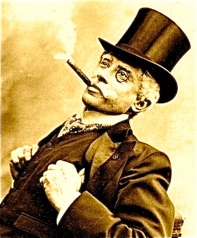
Let’s begin with the top hat. It caused quite a stir when introduced in England in the late 1800's. It's evolved into the coachman top hat, the stovepipe, the opera hat and the mad hatter.
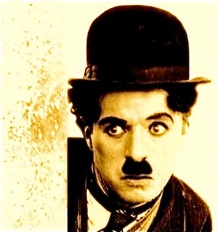

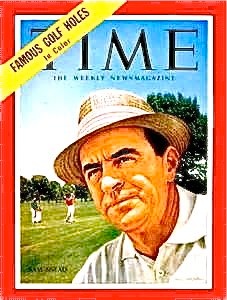
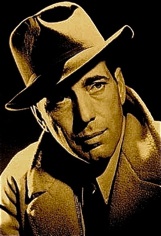

The Homburg originated in England for King Edward III. It was a choice for Churchill and Eisenhower and found new popularity in the film The Godfather.
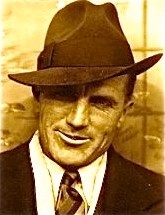
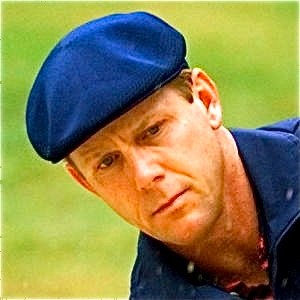

The newsboy is similar…but different from the flat cap. It's also called a baker boy, a big apple, an eight panel, a Gatsby, and a Lundberg Stetson.
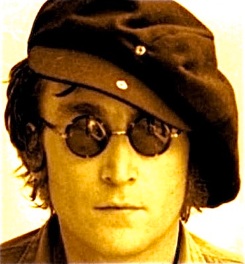
The Greek fisherman originated in Athens in the late 19th Century. Because John Lennon popularized the hat, it's also called a John Lennon hat.
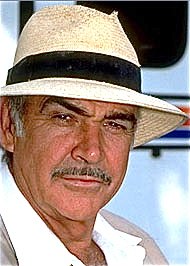
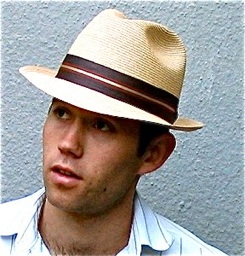
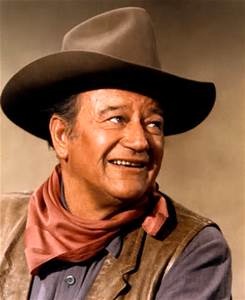
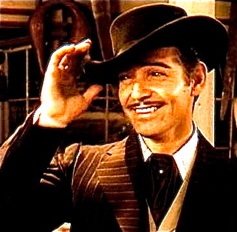
The gambler, worn by Rhett Butler in Gone with the Wind, is a smaller version of the western dress hat.
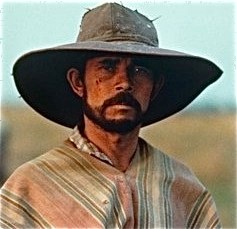
Surely I've failed to include some unexplored items fitting on top of a man's head.
If in the future, I'm once again stumped for a subject about which to write, I may take on the challenge of women's hats.
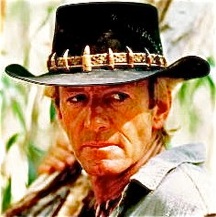
You may have also noticed that I didn't include the damned baseball cap which seems to be the “hat” of choice today. I can envision Crocodile Dundee explaining to a villain wearing a baseball cap, “That's not a hat; this is a hat,” as he tips his fedora to the villain.
interesting enough





